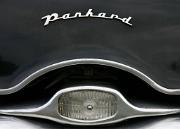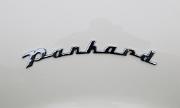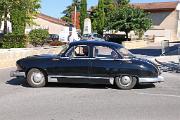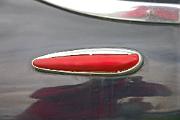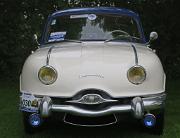
ac Panhard Dyna Z12 1958 head
Panhard Dyna Z12 1958. Power was from a 851cc twin cylinder boxer engine, 42bhp (Tigre models had 50 bhp)
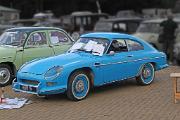
D-B HBR5 1959 front
Deutsch et Bonnet (D-B) HBR5 1959.
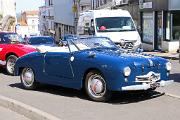
Panhard Dyna Junior 1953 front
Panhard Dyna Junior 1953. Built on the Dyna X87 platform the 1953 Dyna Junior had a 851cc flat twin engine of 37 or 41 bhp.
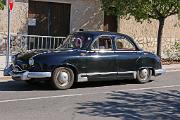
Panhard Dyna Z1 1955 front
Panhard Dyna Z1 1955, an evolution from the all aluminium Dyna X. Front quarterlights appeared in 1955 and in 1956 the front over riders
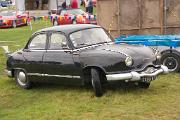
Panhard Dyna Z1 1956 front
Panhard Dyna Z1 1956. Panhard gave its Dyna X an 851cc flat twin air-cooled engine which was gradually uprated, achieving 50bhp for the 1958 Tigre model.
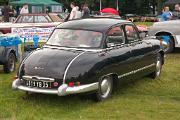
Panhard Dyna Z1 1956 rear
Panhard Dyna Z1 1956. Exhibited in 1953, the Dyna X went into production in 1954 with an alloy body for lightness. However, the cost of the body was around 3 times that of a steel body and during 1955 a steel body took over, with doors, bonnet and boot changing to steel by 1957.
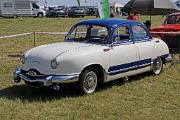
Panhard Dyna Z12 1958 front
Panhard Dyna Z12 1958. Available as BLS, BGL and BGS and the two-tone finish is offered from 1958 but simplified for 1959
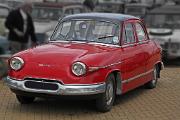
Panhard PL17 L7 1963 Tigre front
Panhard PL17
1963 Tigre. Introduced in 1959 the PL17 replaced the Dyna Z and originally had an 851cc flat twin air-cooled engine, but in 1963 a newer 848cc engine offered 50bhp (or 60bhp for this 'Tigre' version). For 1963 the L6 model got modest restyling, with the front indicators fitted to the side of the headlamps, and an extended roofline.
1963 Tigre. Introduced in 1959 the PL17 replaced the Dyna Z and originally had an 851cc flat twin air-cooled engine, but in 1963 a newer 848cc engine offered 50bhp (or 60bhp for this 'Tigre' version). For 1963 the L6 model got modest restyling, with the front indicators fitted to the side of the headlamps, and an extended roofline.

s Panhard Dyna Z1 1956 Z side
Panhard Dyna Z1 1956. Body design was the work of Panhard stylist Louis Bionier, and at launch the body was made in alloy, but was changed to cheaper steel from 1955. The body was aerodynamic with a CD of 0.26. The wheelbase has increased to 102-inches from 84 of the Dyna X
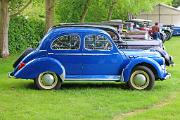
s Panhard Dyna X 86 1950 side
Panhard Dyna X86. 1950. Engineer Jean Albert Grégoire designed the Dyna X for postwar France so that his Aluminium company (AFG) would manufacture the body. Jean Panhard simplified the design with a steel chassis to save costs, but its complexity made it more expensive to produce than the Renault 4CV. It was built on an 84-inch wheelbase
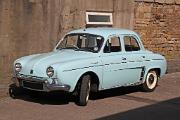
Renault Dauphine 1958 front
Renault Dauphine 1958. Though intended to replace the 4CV in 1956, it was conceived as a 5CV car and the 4CV was not retired until 1960. The Dauphine was given a conventional 3-box body, losing the beetle-back of the 4CV
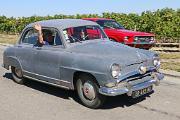
Simca 9 Aronde 1954 front
Simca 9 Aronde 1954. Launched at the 1951 Salon de Paris, the Simca 9 Aronde used the mechanics of the Simca 8, including the 1,221cc in line four.
All images and content of this site is the copyright of Simon GP Geoghegan
